
“Ukraine’s mineral resources could be worth $15 trillion”
What critical minerals in Ukraine could interest the US? Which sectors of the economy, industry, and defence depend on them?
Ukraine has significant reserves of critical minerals, including titanium, graphite, lithium, beryllium, tungsten and more. These resources are essential for various sectors of the US economy – and not just the US.
For example, titanium is widely used in aerospace and defence industries for producing lightweight and durable alloys. Ukraine has some of the largest titanium reserves in Europe. Meanwhile, the US imports over 90% of its titanium products, making Ukrainian deposits strategically important. The largest reserves are in Malyshevske (Dnipropetrovsk Region) and Irshanske (Zhytomyr Region).
Graphite is vital for battery production, particularly in electric vehicles and energy storage systems. It is also a strategic material for carbon composites in the military-industrial complex. Ukraine ranks among the top 10 countries with the largest graphite deposits, primarily located in Zavallivske (Kirovohrad Region), Burtynske (Khmelnytskyy Region), and Mykolayivske.
Lithium is a key component of lithium-ion batteries used in electronics and electric vehicles. Geological data suggests that lithium carbonate equivalent reserves in the Polokhivske deposit (Kirovohrad Region) exceed 760,000 tonnes, making it one of the largest lithium deposits in Europe.

Another critical metal, beryllium, is used in defence and aerospace technology. Ukraine’s Perzhanske deposit (Zhytomyr Region) is unique – it is the only known site where industrial concentrations of beryllium are associated with genthelvine ores, which are superior in quality and enrichment potential to all other commercial beryllium ores.
Tungsten is essential for electronics, aerospace, defence, and even green energy. It has unique properties, including an ultra-high melting point, extraordinary strength, and resistance, making it indispensable in medicine and nuclear power. Currently, China controls 80% of the world’s tungsten production, posing serious economic and national security risks to Western countries. As a result, the West is actively seeking alternatives – and Ukraine has a chance to become a key supplier. The country is among the top 10 in tungsten reserves, with deposits in Transcarpathia and Donetsk Region.
Uranium is another crucial resource, particularly for energy security, as it is the basis for nuclear fuel production. Ukraine’s uranium ore reserves amount to approximately 560,000 tonnes, with proven reserves of 270,000 tonnes, mostly concentrated in the Kirovohrad geoblock. Ukraine holds over 2% of the world’s uranium reserves, but production has nearly halved in recent years, dropping to 600 tonnes annually. The country requires about 25,000 tonnes per year. Given military threats and energy security concerns, uranium mining is becoming a priority – but reviving production would require significant investment.
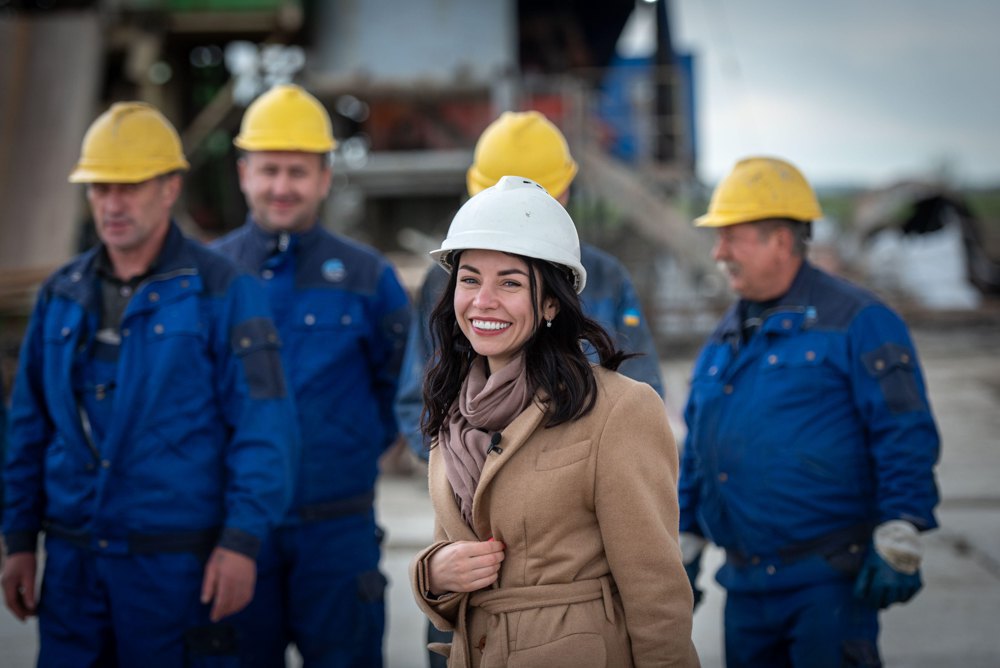
Ukraine also has rare earth elements such as neodymium, dysprosium, and terbium, which are essential for high-tech magnet production in sectors ranging from defence to electronics. However, Ukraine has never mined rare earths on an industrial scale. They are often by-products of titanium ore extraction, and although there were plans to develop them before 2014, these were halted due to the war. While titanium and graphite have well-developed mining infrastructure, rare earth extraction requires significant investment.
Here, cooperation between the US and Ukraine in mining these critical minerals and rare earth elements could help strengthen supply chains and reduce US dependence on other suppliers.
Back in 2023, Forbes estimated the value of Ukraine’s critical resources at $15 trillion. Is this a relevant estimate?
Some estimates, including those from the State Geological Service, suggest that Ukraine’s total mineral resource value could reach $15 trillion.
However, these figures are approximate and depend on various factors, including global mineral prices, production volumes, and development costs.
Additionally, such estimates may be overstated due to outdated geological research and difficulties in accessing certain deposits.
“It can take 10 to 20 years from initial geological exploration to commercial production”
How much investment and time will be needed to explore and extract these minerals? Simply put, if a deal is signed, how long will it take for the US to start making real profits?
Typically, the process takes 10 to 20 years from the initial geological exploration to commercial production.
We need to acknowledge that Ukraine’s mining industry is stagnant – we lack the funds to develop this sector independently, and the costs are extremely high.
Geological work alone requires between $3 million and $10 million – just to confirm whether deposits exist or not.
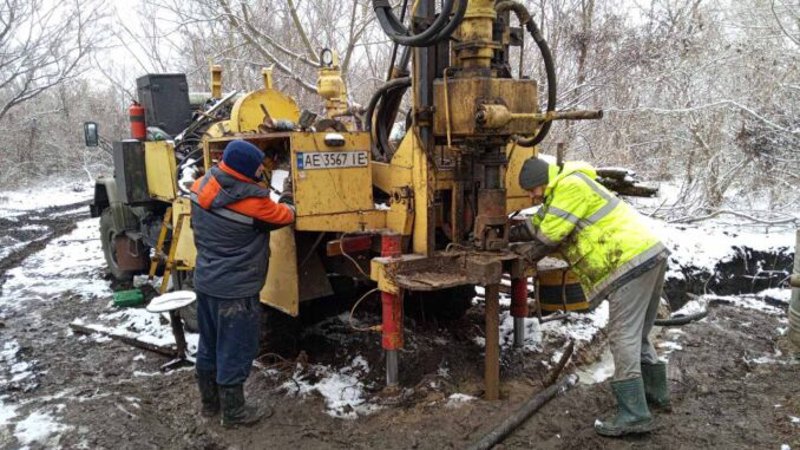
Next, drilling and production start-up costs range from $10 million to $30 million. Additionally, infrastructure must be provided – electricity or gas supply, railway lines, and more.
This requires significant investment, and only after 7, 8, 10, or even 20 years – depending on the mineral – can investors begin to see a return.
Is the United States primarily aiming to weaken China, which controls 60% to 90% of the world’s processing capacity for many critical minerals?
China indeed dominates the processing of many critical minerals, controlling a significant share of global capacity. Consequently, US-Ukraine cooperation in mining and processing materials such as titanium, graphite, and lithium could help diversify supply chains and reduce dependence on Chinese facilities.
However, I must emphasise that developing the necessary extraction and processing infrastructure in Ukraine will require substantial investment and time. Despite possessing nearly the entire periodic table, Ukraine has not assessed its exact needs for critical raw materials in the past 33 years – what is needed for specific technologies and industries, where to export it, and so on.
Unfortunately, there is no national strategy defining the country’s direction – what we are producing, what is critical for Ukraine, and how to develop this sector. There isn’t a single leading, forward-thinking businessman ready to attract the necessary technologies for extraction and processing.
Therefore, while Ukraine could help strengthen America in its economic competition with China, this will not happen today or even within five years. If we consider projected resources and undiscovered reserves, then in 10–15 years, yes.
For example, deposits of titanium or lithium ores each require an individual approach. Special drilling and laboratory confirmation are necessary. However, Ukraine currently lacks certified laboratories for such work.
When people discuss these enormous trillion-dollar figures, much of it is political rhetoric rather than reality.
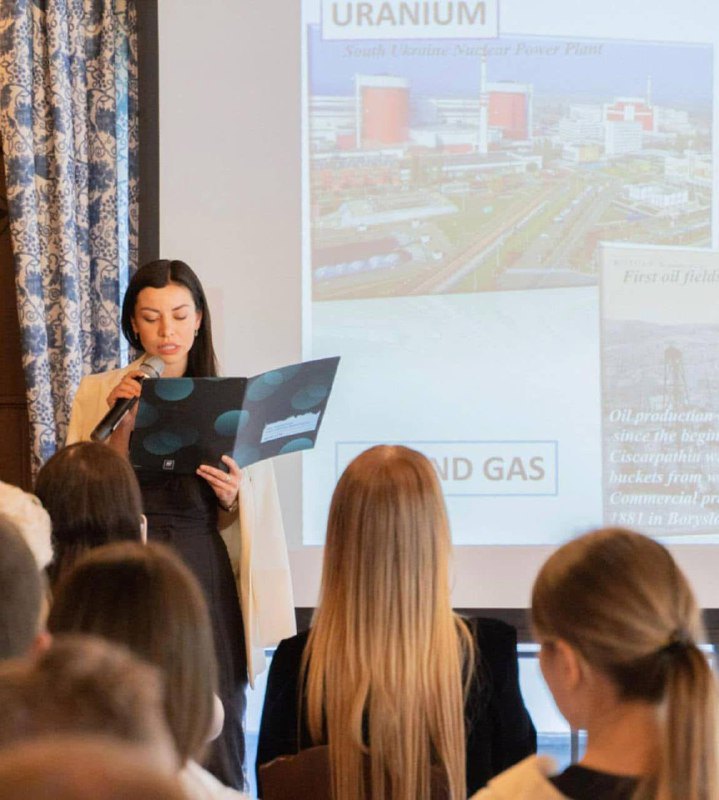
Everything must be verified, as available Soviet-era data is outdated. In many cases, deposits require further exploration. Moreover, during Soviet times, reserves were often overstated to secure financial bonuses. There was an informal system where geologists and engineers reported exaggerated reserves, sometimes estimating resources for two or three generations ahead, in exchange for rewards.
When independent Ukraine began issuing special permits, companies rushed to acquire them – only to find, in some cases, that the expected resources were not there. Some gas fields, for example, turned out to be empty.
A notable case occurred in 2019 when DTEK purchased a geological exploration site at auction for over UAH 40 million. After drilling, they found nothing. Eventually, they returned the licence.
So all Soviet data definitely needs to be revised?
Yes, we will have to start with geological exploration. We need to bring in foreign companies with experience to survey the land, re-approve the reserves, and then put the plots up for auction. Alternatively, we could offer them for a symbolic price of one dollar. The goal is to attract investors to start mining – once operations begin, rental payments will follow.
Geological work typically takes between one and five years. Reaching design capacity takes seven to ten years. The first return on investment happens between 10 and 20 years, and full payback and profits come after 30 years.
Therefore, this agreement with the US is not about the Trump administration or the next four years—it’s a long-term process.
Are our deposits also important for EU countries? What kind of deposits?
Yes, Ukraine’s deposits of critical minerals are of strategic importance to the European Union. Ukraine possesses 22 out of 34 minerals classified by the EU as critical, including titanium, lithium, and graphite.
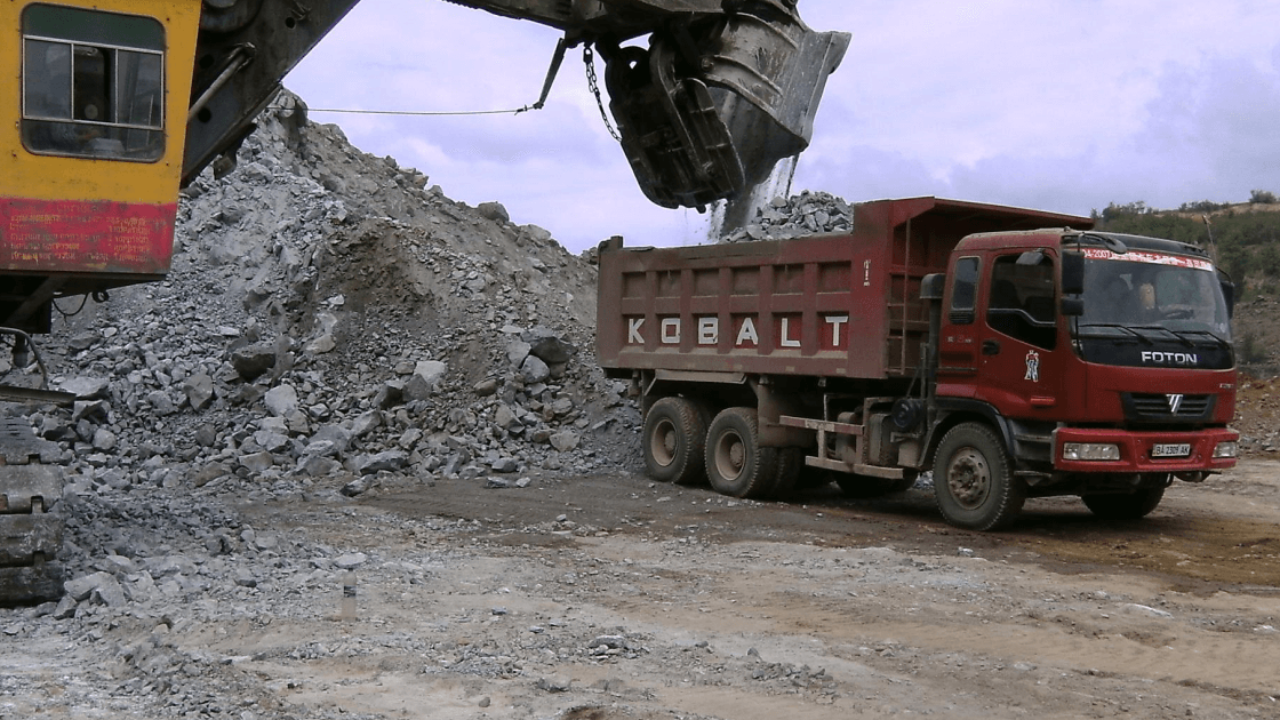
These minerals are essential for the EU’s energy transition plans, as well as for its aerospace and defence industries. Cooperation with Ukraine could strengthen Europe’s strategic autonomy in the field of critical raw materials.
“Most deposits of critical raw materials are concentrated in the central part of our country”
Where are Ukraine’s main deposits? Are they spread across the country? There have been claims that most are in the occupied territories.
In reality, only a few deposits of critical raw materials are located in Russian-occupied territory.
Most deposits are concentrated in central Ukraine, particularly in Kyiv and Zhytomyr Regions, as well as areas closer to Dnipropetrovsk Region. Kirovohrad region is actually the richest in terms of critical raw materials.
Unfortunately, if you’ve been following recent events, this region has been heavily bombed – something that hadn’t happened before. In 2025, when the hype around the US-Ukraine deal began, massive shelling started.
This region contains economically significant deposits of titanium, graphite, lithium ores, and niobium.
What is in the occupied territories?
The occupied territories contain mostly energy resources, such as oil and shale gas, along with some titanium, zirconium, and manganese. There are also several lithium deposits—Shevchenkivske (Donetsk region) and Kruta Balka (Zaporizhzhya Region) – which are either in conflict zones or under occupation.
However, none of these are on such a scale that we could say: “We have lost everything.”
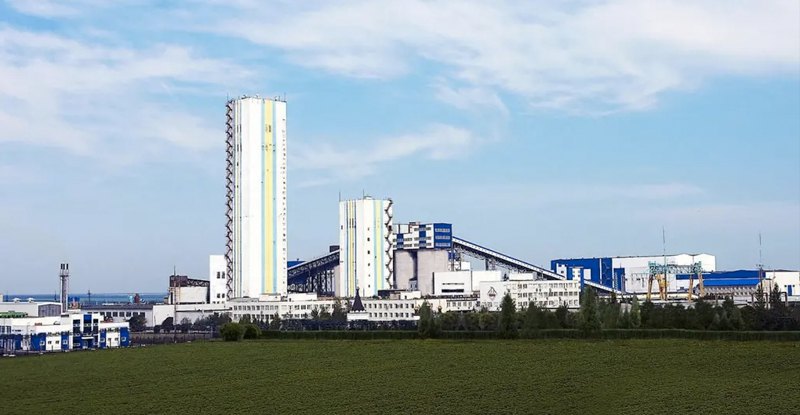
Of course, there is coking coal in Pokrovsk. Additionally, Ukraine’s only manganese ore and nickel deposits are at risk, which is critical for both the European Union and Ukraine’s steel industry.
In eastern Ukraine, if we consider all rare earth deposits and elements, only 20% of the raw materials are classified as critical – yet non-experts often claim this number is 40%.
That said, Rosnadra is actively licensing mining sites in the occupied territories, enabling the export of certain raw materials. In reality, Russia is funding its war effort using Ukraine’s occupied subsoil.
“Our market is in anxious anticipation of renewed inspections”
Who owns special permits for the extraction of critical raw materials?
Today, several stakeholders have the right to use subsoil, but not ownership. According to Article 13 of the Constitution, subsoil belongs to the citizens.
Until 2014, one in five Ukrainian companies involved in resource extraction had Russian capital and ties to Russia.
Currently, both Ukrainian and foreign companies operate in this market. These include Velta and UMCC (last year, the Azerbaijani holding NEQSOL won the privatisation auction for titanium assets), Ukrlithium Mining (lithium), Zavalivsky Graphite (owned by the Australian company VOLT RESOURCES), Spys Ukraine (a subsidiary of the Turkish ONUR GROUP, graphite), and BGV (graphite, beryllium).
However, the market is now anxiously awaiting renewed inspections.
Why is this happening?
The Verkhovna Rada has registered a draft resolution calling for an audit of subsoil use licences. What could this process lead to?
This is draft resolution No. 13067, under which MPs plan to instruct the government to develop and submit legislative proposals to create a special legal regime for attracting investment from partner countries, with priority given to the United States.
The draft laws would introduce a mechanism for reviewing subsoil use licences, including an audit to identify inefficiently used or so-called dormant licences. MPs are also proposing the possibility of cancelling licences that do not meet the requirements for efficient resource development. However, at this stage, the draft resolution has only been submitted for parliamentary review.
Additionally, the State Service of Geology and Subsoil of Ukraine has published a draft government resolution proposing to exempt the subsoil use sector from the ban on scheduled and unscheduled inspections. This ban was introduced in March 2022 due to martial law.
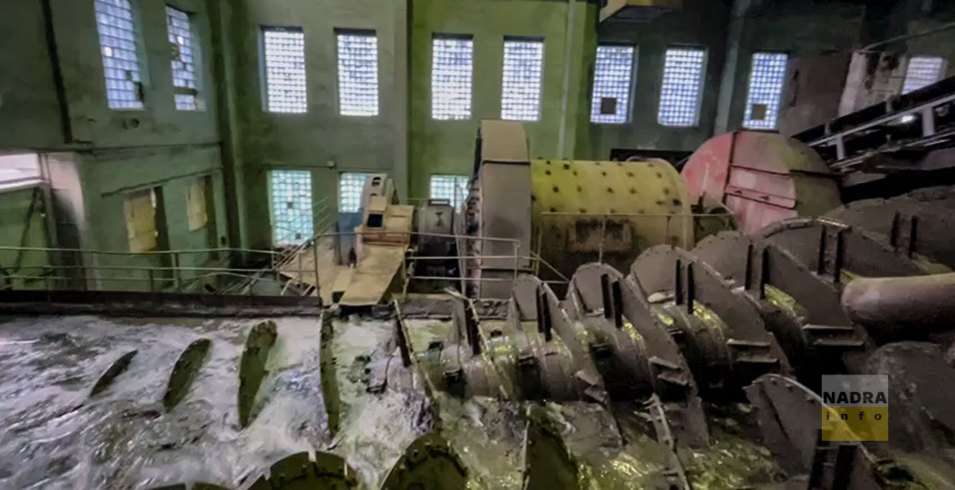
Since the concept of a dormant licence is not yet defined in Ukrainian legislation, the process is still in its early stages.
What are the risks?
Such initiatives could negatively impact the investment climate in the subsoil sector. It is also important to consider that audits and licence reviews may introduce additional bureaucratic obstacles for businesses and potentially deter investment.
Moreover, there is an ongoing need to ensure equal conditions for both domestic and foreign investors. At present, the majority of investments in Ukraine’s economy come from domestic entrepreneurs, who continue operating despite the war. Therefore, any proposed benefits or incentives in a potential agreement with the US should be accessible not only to foreign companies but also to Ukrainian businesses.
“It will be difficult for us to extract anything in an environmentally unfriendly manner”
To what extent will increased production harm the Ukrainian ecosystem, especially human health?
Since 2018, Ukraine has had European environmental legislation in place. However, our main issue is that we first issue special permits for large sums of money and only then conduct an environmental impact assessment.
Of course, strict environmental standards must be upheld. People should be resettled 5–10 km away from extraction sites to avoid exposure to emissions. Before mining begins, a technological plan is always developed, outlining extraction boundaries. Public hearings are then held to ensure transparency – otherwise, local communities may protest and block extraction activities.
Thanks to the new legislation introduced in 2018, it is now much harder to conduct environmentally harmful extraction.
People can therefore remain reassured. However, it is important for the public to actively participate in these hearings.
What exactly is dangerous for people?
Frankly, all mineral extraction poses some level of risk. Blasting operations, mine construction, and other industrial activities create hazardous conditions, making residential living in such areas impossible.
However, the extraction of critical raw materials is generally more environmentally friendly compared to oil and gas production.
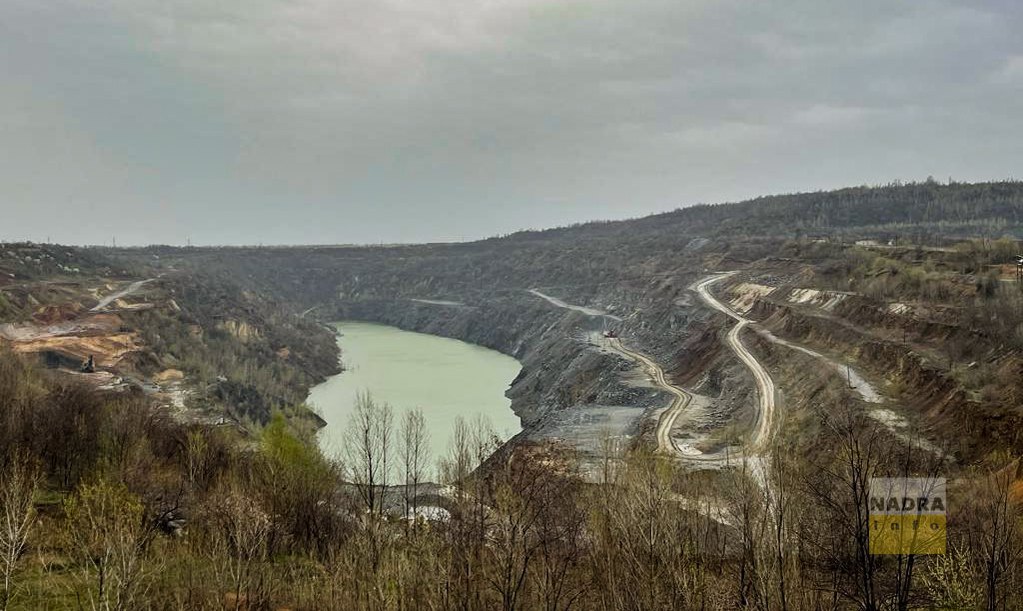
“A deal is not colonisation, but it must be fair”
Under what conditions will Ukraine benefit from a major deal with the US?
Ukraine’s cooperation with international partners in the mining sector has the potential not only to create new jobs but also to drive economic growth. However, to ensure real profits, several key conditions must be met in any agreement with the United States.
First, there must be a fair distribution of revenues. The agreement should guarantee Ukraine an adequate share of profits, including tax revenues and rent payments.
Second, there must be guarantees of significant investment in infrastructure, transport, and energy to enable efficient resource extraction and transportation.
Third, the agreement should include the transfer of technology and expertise, ensuring that cooperation leads to the exchange of modern technologies and the training of Ukrainian specialists.
Fourth, strict compliance with environmental standards must be ensured to prevent negative environmental consequences.
Fifth, domestic businesses should be supported. Creating conditions that allow Ukrainian companies to participate in the value chain will help strengthen the national economy.
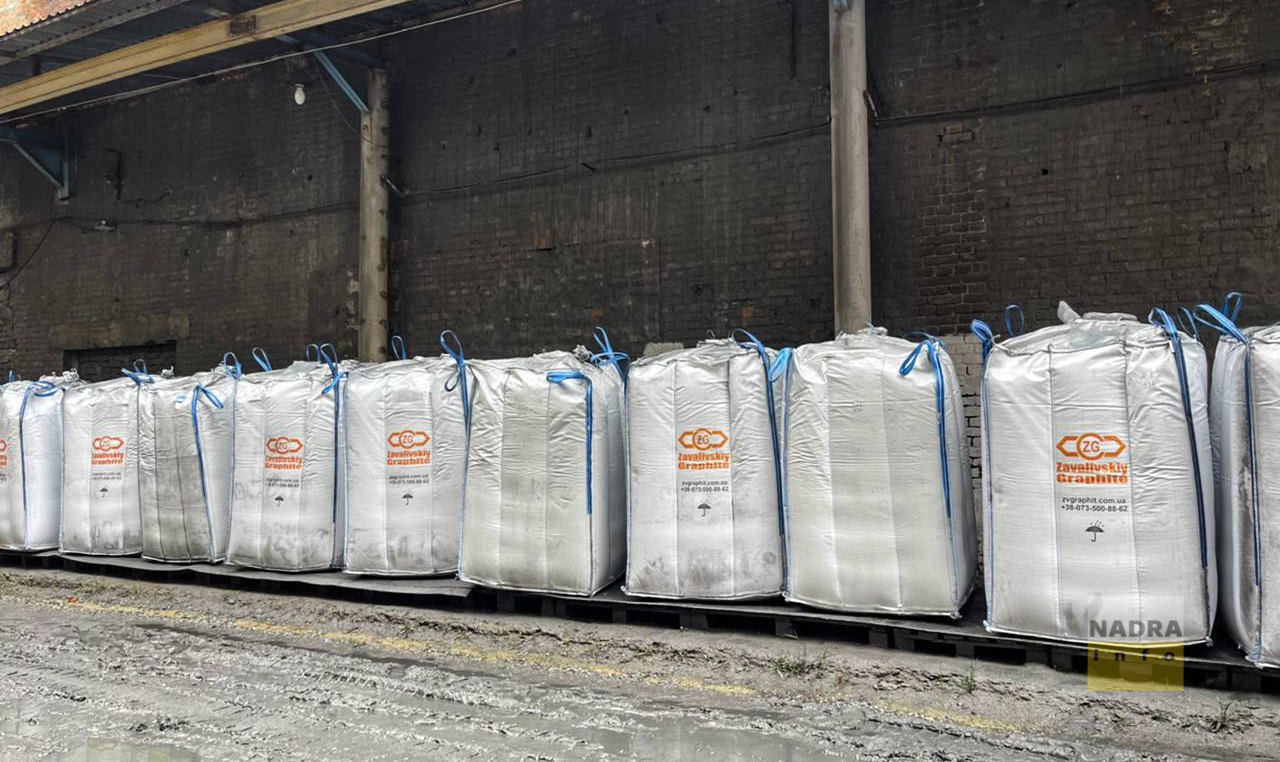
The draft agreement with the United States that appeared in the media is not just about minerals but also covers oil, gas, and all investment projects. Some have already labelled it colonisation.
I believe calling it colonisation is inaccurate. Let’s be honest – we will never be able to conduct even basic exploration work on our own. We haven’t done it in 33 years, including during Zelenskyy’s tenure.
All our geologists were dismissed, and their average age is now 65. Drillers and engineers are 70 years old. In other words, we have been systematically dismantling this industry, and we now have to rebuild it from scratch.
To achieve this, we need supporting resources – oil, gas, construction materials, and metallurgy. Establishing an open-pit or underground mine requires full infrastructure development, including roads, power lines, and other essential facilities.
This is a large-scale endeavour involving a range of resources, from construction materials to oil and gas. From the US perspective, this approach is logical.
America’s strength lies in its ability to negotiate – let’s be honest, in a way that serves its own interests. Right now, they are leveraging our greatest vulnerability – the war.
Diesel and LPG can be used to develop critical raw materials and key enterprises. Oil production is also possible throughout the country. In fact, every community and every region could benefit from development. If American investors enter the market, employment opportunities will increase – potentially even encouraging Ukrainians to return from abroad.

Russia has already offered the US a stake in its mineral extraction. How appealing is this to the US? After all, Russia certainly has larger reserves. Could Ukraine be a more economically viable option for American investors?
Several key factors must be considered.
First, the sanctions regime and investment risks. The United States and its allies have imposed strict sanctions on Russia, including restrictions on technology and financing for the extractive sector. Even if some companies were theoretically interested in Russian deposits, the legal and political risks currently outweigh any potential benefits.
Second, logistical risks. Investing in Russia’s extractive sector not only puts capital at risk but could also trigger a negative response from allies that adhere to the sanctions regime. Additionally, transport logistics from Russia to the US are complicated by these sanctions and limited access to global markets.
It is also crucial to consider the unpredictability of Russian economic policy. Over the past three years, Russia has been nationalising assets, altering regulations unpredictably, and using resources as political leverage – making it an unreliable business partner.
While Ukraine cannot compete with Russia in terms of sheer mineral reserves, it offers several strategic advantages.
- Accessibility. Ukraine has significant reserves of titanium, lithium, nickel, and rare earth elements – resources essential to the US high-tech and defence industries. Geographically, Ukraine is closer to the EU, simplifying logistics. Additionally, Ukraine’s mining industry can develop in line with ESG standards, which is important for Western investors.
- Political predictability. Ukraine is a strategic partner of the United States, offering investors greater political stability in cooperation. The US government is already actively supporting Ukraine’s mining sector, particularly through the Minerals Security Partnership initiative.
- Favourable investment conditions. Ukraine has opened its market to foreign companies and provides incentives for mining projects. In contrast, investors in Russia must work through state-owned corporations, which can unilaterally alter terms at any time. Moreover, the US can partner with Ukraine not just as a buyer of raw materials but as a co-owner of production facilities.








